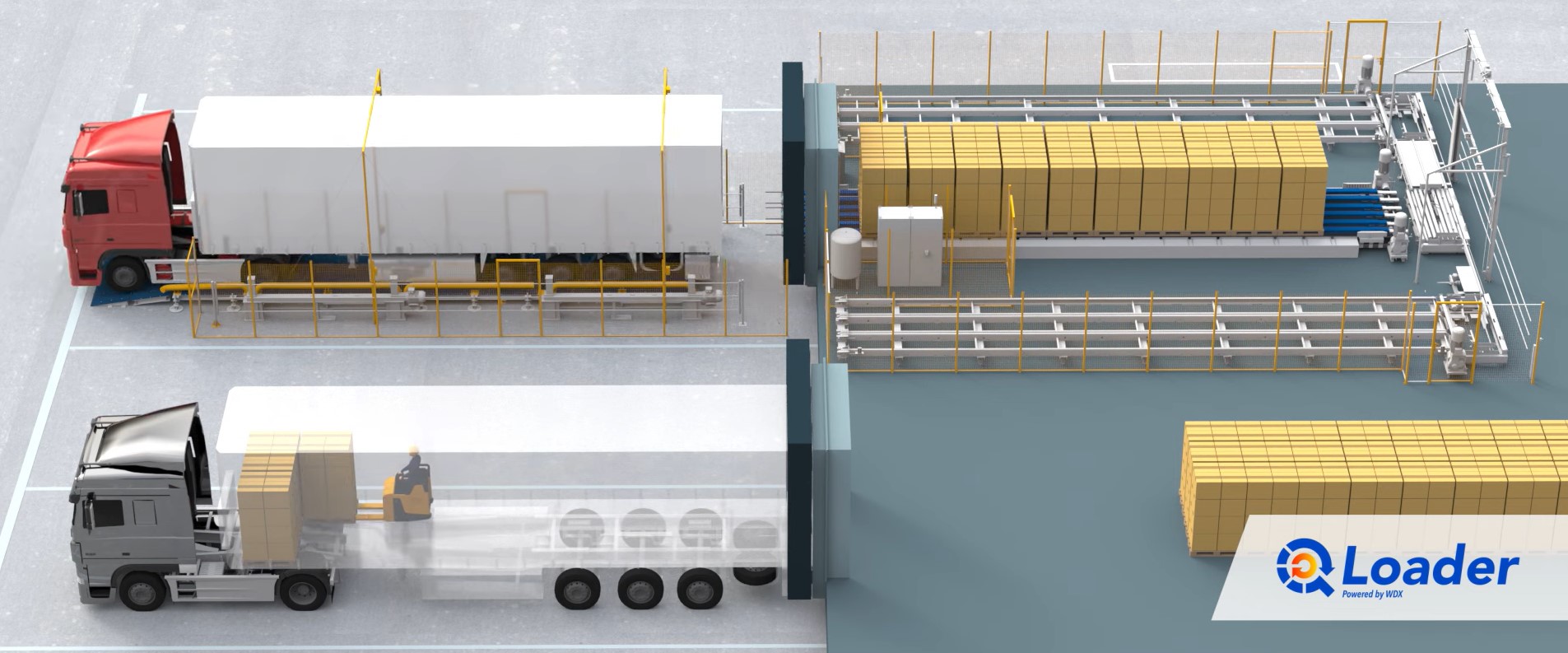
Russia Ceramic Machinery Market by Type (Shaping Machines, Decorative and Glazing Machines, Kilns and Firing Machines, Raw Material Processing Machines, Storage and Handling Machines, and Others Machinery), by Product Type (Tile, Sanitary Ware, Tableware, Technical Ceramics, Refractories, and Abrasive), and by End User (Construction, Automotive, Electronics, and Others) – Global Opportunity Analysis and Industry Forecast, 2024–2030
Industry: Construction & Manufacturing | Publish Date: 18-Oct-2024 | No of Pages: 79 | No. of Tables: 49 | No. of Figures: 34 | Format: PDF | Report Code : CM2807
Russia Ceramic Machinery Market Overview
The Russia Ceramic Machinery Market size was valued at USD 68.1 million in 2023, and is predicted to reach USD 89.3 million by 2030, at a CAGR of 3.5% from 2024 to 2030.
The ceramic machinery market, also known as the ceramic manufacturing equipment market, involves the global industry that designs, produces, and distributes machinery for making ceramic products such as tiles, sanitary ware, tableware, and advanced ceramics.
This market includes equipment like crushers, grinding mills, kilns, dryers, and presses, used throughout the ceramic production process, from raw material preparation to the final product. Ceramic manufacturing equipment offers high precision for shaping, glazing, and producing ceramics, resulting in consistent product quality, faster production, and lower labor costs. It is essential for meeting the growing need for quality ceramics, supported by advancements in manufacturing technology and increased automation investments.
Government Investment in Infrastructure Drives Russia's Ceramic Machinery Market
The Russia ceramic machinery market growth experiences significant growth due to substantial government investment in infrastructure projects. The Russian government has allocated USD 9,448 million for transportation infrastructure and USD 7,048 million for other major construction initiatives, which together account for approximately 58% of the nation’s total construction investment. This large-scale funding increases the demand for ceramic products such as ceramic tiles and sanitary ware used in new construction and renovation projects.
Consequently, manufacturers are investing in advanced ceramic manufacturing equipment to meet the rising production needs and maintain high quality standards required for these expansive infrastructure projects. As government spending on infrastructure continues, it is expected to drive further growth in the ceramic machinery market by boosting production capacity and innovation in the sector.
Geopolitical Challenges Hinder Growth of Russia’s Ceramic Machinery Market
Despite the positive impact of infrastructure investment, ceramic machinery market faces substantial challenges due to geopolitical factors. Ongoing regional conflicts and international sanctions have severely restricted Russia’s ability to import and export raw materials and machinery, creating significant barriers to market development.
The departure of major global companies from Russia has further exacerbated these issues by limiting access to advanced technologies and machinery. These geopolitical constraints have hindered the growth and modernization of the ceramic manufacturing equipment sector, impeding its ability to expand and compete effectively on the global stage. The market must navigate these obstacles to achieve sustainable development and growth.
High Initial Investment Hindering Growth of the Ceramic Machinery Market
A significant challenge for the ceramic machinery market is the high initial investment needed for advanced equipment. This substantial financial requirement creates a major barrier, particularly for smaller companies and startups, hindering their ability to invest in the latest technologies.
The large capital needed to purchase and install sophisticated machinery limits these businesses from upgrading their operations or expanding their capabilities. As a result, this financial constraint impedes overall market growth by restricting many manufacturers from adopting new, more efficient production technologies that could advance the industry.
Integration of Inkjet Technology in Ceramic Machinery Creates Future Opportunities
The integration of inkjet technology offers a valuable opportunity for the Russia ceramic machinery market expansion. This technology allows for high-resolution, customizable printing directly on ceramic surfaces, creating intricate designs, vibrant colors, and detailed patterns.
It meets the increasing demand for personalized and aesthetically appealing ceramics. Additionally, inkjet technology improves production efficiency by reducing reliance on traditional, labor-intensive methods, thus lowering costs and enhancing manufacturing processes. This advancement not only provides a competitive edge but also opens up new growth opportunities within the ceramic manufacturing equipment sector, making it a key investment for future development and innovation.
Competitive Landscape
Several key market players operating in the Russia ceramic machinery industry include Essepienne Srl, SITI B&T Group S.p.A., Coesia, Chumillas Technology, SACMI, and others.
Russia Ceramic Machinery Market Key Segments
By Type
-
Shaping Machines
-
Decorative and Glazing Machines
-
Kilns and Firing Machines
-
Raw Material Processing Machines
-
Storage and Handling Machines
-
Others Machinery
By Product Type
-
Tile
-
Sanitary Ware
-
Tableware
-
Technical Ceramics
-
Refractories
-
Abrasive
By End User
-
Construction
-
Automotive
-
Electronics
-
Others
Key Players
-
Essepienne Srl
-
SITI B&T Group S.p.A.
-
Coesia
-
Chumillas Technology
-
SACMI
-
Others
REPORT SCOPE AND SEGMENTATION:
|
Parameters |
Details |
|
Market Size in 2023 |
USD 68.1 Million |
|
Revenue Forecast in 2030 |
USD 89.3 Million |
|
Growth Rate |
CAGR of 3.5% from 2024 to 2030 |
|
Analysis Period |
2023–2030 |
|
Base Year Considered |
2023 |
|
Forecast Period |
2024–2030 |
|
Market Size Estimation |
Million (USD) |
|
Growth Factors |
Government investment in infrastructure drives the Russia ceramic machinery market. |
|
Companies Profiled |
10 |
|
Market Share |
Available for 10 companies |
|
Customization Scope |
Free customization (equivalent up to 80 working hours of analysts) after purchase. Addition or alteration to country, regional, and segment scope. |
|
Pricing and Purchase Options |
Avail customized purchase options to meet your exact research needs. |




 Speak to Our Analyst
Speak to Our Analyst


































